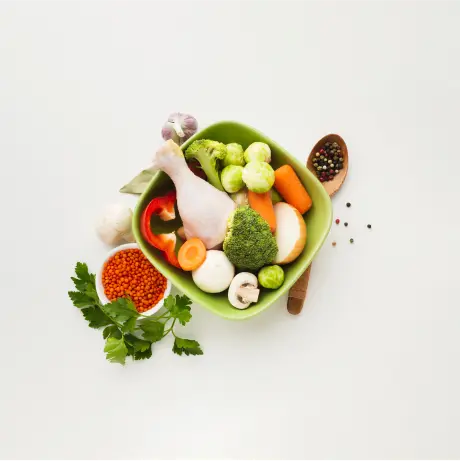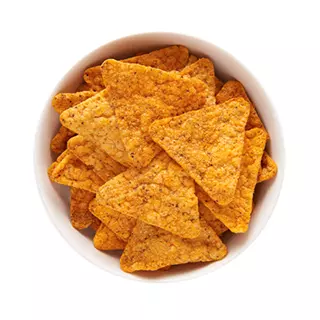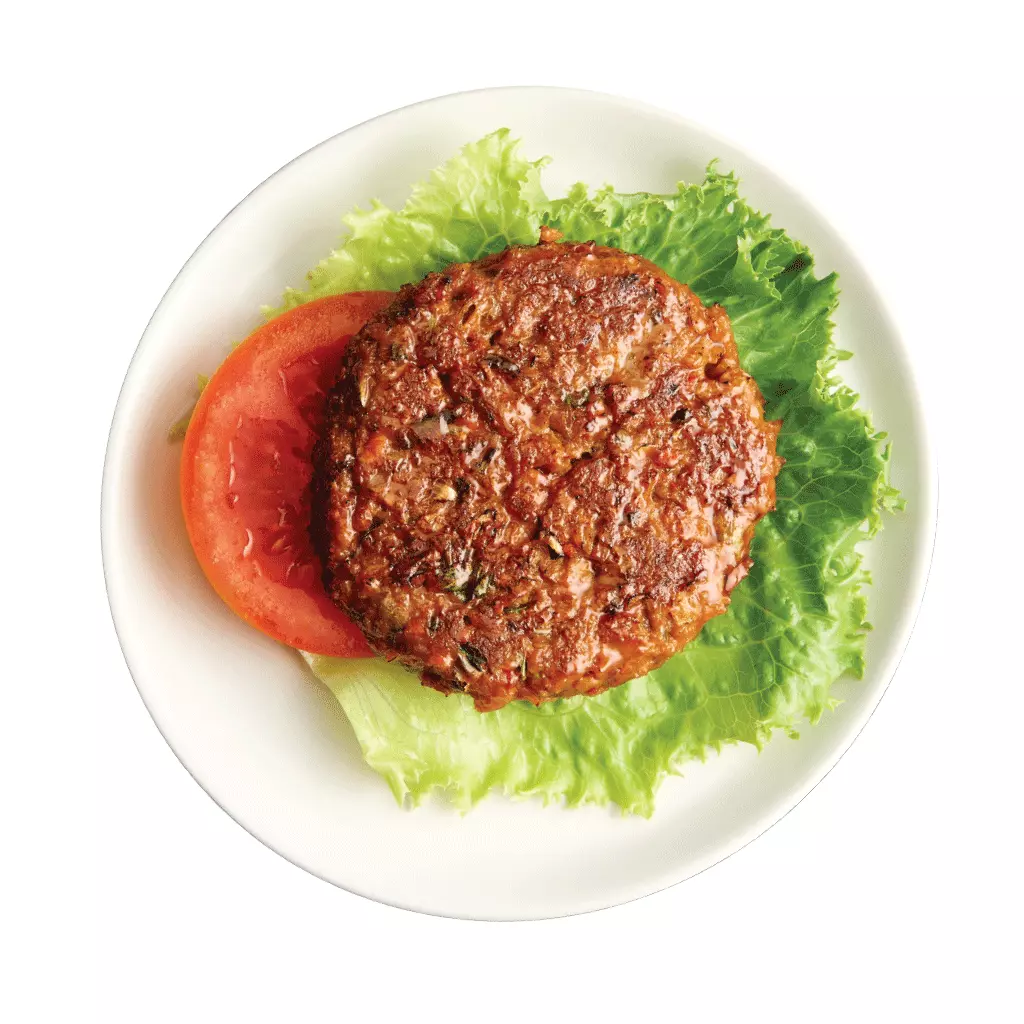Losing weight is no doubt challenging. There are many sacrifices you have to make, many lifestyle changes you will adopt, and many demotivating obstacles you need to overcome. Perhaps, a weight loss plateau is the most frustrating barrier amongst them.
A plateau is when your weight loss progress halts for days despite following the diet protocol correctly.
Now, you can shrug off the negative comments, deal with the emotional cravings and even maybe get over a cheat. But, when the scale stops moving even after your sheer efforts, it puts a dent in your morale.
Thankfully, Ideal Protein is experienced with such scenarios and can offer guidance, support, and tools to overcome plateaus. Here, we are compiling 10 of the most helpful tips to handle plateaus.
1. Make Sure You are Not Over or Undereating
Weight loss may slow or stop if you are not paying attention to portion size or excess snacking. The calorific deficit is at the core of losing weight and Ideal Protein does it by restricting simple and complex carbs and fats in your diet. Many carbohydrate-based meals and snacks are substituted with low-carb, high-quality protein-rich foods. Still, if you are eating more than the recommended portions, or number of products, your body won’t be able to undergo ketosis properly and burn your stored fats. This will stop you from losing weight.
But Under-eating Should Help. Right?
Not really!
Too much of a calorie deficit will trigger fat storage mode.
When your food intake does not meet your metabolic needs, your body lowers its metabolic rate as a response. If you are eating less, skipping meals or are inconsistent, your body may respond erratically. The calories that are not metabolized as per your new metabolic rate, will be stored as fat.
A calorific deficit can also cause blood sugar levels to plummet. This will trigger your hunger and increase the odds of overeating in your next meal.
Hence, both over and under eating can stall losses in Phase 1.
2. Change What You are Eating
The human body is a master of adaptiveness. When you lower your food intake or change your diet balance, your body treats the situation as a food crisis. After some time, your body adapts to the change and sets it as a new norm. Hence, there’s no more fat burning going on and you find yourself at a weight loss plateau.
In such a situation, we suggest changing the animal protein and even the veggies you have been routinely eating on Ideal Protein. Also, either add or remove a restricted item depending on whether or not you currently incorporate one into your daily diet or not.
Remember, your body starts to adapt if you’ve been doing the same thing for a while (6+ weeks). Although these shifts may be small, they can trigger your body to start releasing once again.
3. Change the Timing of Animal Protein Intake
Eating adequate protein is shown to help lose weight naturally. Moreover, changing the timing of when you eat your protein may also trigger your body to lose weight.
Consuming protein throughout the day provides you with more opportunities to boost your metabolism through the thermic effect of food (TEF). There’s also a number of research that have linked eating protein at every meal being beneficial for weight loss and muscle mass retention.
Try to split animal protein based foods between lunch and dinner.
4. Cut Out the “Extras”
On Ideal Protein, you are allowed three “extras” or “optional” items a day. However, if you are struggling to overcome a plateau, consider not consuming any.
“Daily Optional Items” or “extras”:
- 4 servings of artificially sweetened beverages and items (refer to the item’s food label for serving size)
- 1 cup Shirataki or Konjac noodles
- 2 cups of fat-free broths (bone broth excluded)
- 2 Tbsp. Ideal Protein dressings and sauces
- 2 Cal-Mag chews only in place of 4 Cal-Mag tablets
Once you cut down the extras, your body will again go back to stored fats for energy.
5. Drink More Water
Drinking water is perhaps the most underrated activity in a weight loss plan. Ideal Protein mandates that you drink at least 64 ounces of water every day. If you are looking for more motivation for drinking water, here is one:
WATER INCREASES THE RATE OF FAT METABOLIZATION!!
Moreover, drinking more water whilst on the keto diet (Ideal Protein IS a modified keto diet) can help you to lose weight more quickly! This is due to the fact that fats, proteins, and carbohydrates all require different processes to be successfully broken down by the body in order to digest them.
To break down fatty acids into ketones, more water molecules are needed compared to proteins or carbs. Hence, it is beneficial and important that you maintain high levels of water consumption while following a keto diet. By doing so, you will gain energy more quickly without feeling sluggish during the digestive process.
To back this up, according to research presented at the American Chemical Society, people who drank two cups of water before sitting down to a meal consumed 75 to 90 calories less. Over a 12-week period of the study, dieters who followed this strategy lost about 5 pounds more than those who didn’t increase their water intake.
Here are some tips on how to stay hydrated during your ketogenic journey.
- Flavor your water with Ideal Protein Water Enhancers.
- Drink some water before every meal.
- Keep a water bottle next to you. It’s much easier to drink water if it’s always within reach.
- Find a water bottle you like.
6. Resort to More Movement
Although intense workouts are not recommended while in Phase 1, physical activities still help with the weight loss process. Aim to do light to moderate exercise for about 30 minutes or get at least 10k steps each day. Most people burn around 300 to 400 calories simply by walking 10,000 steps
Studies show that the body of an inactive person and someone who completes 10,000 steps a day, do not utilize calories the same way. For an active person, the body uses the calories to fuel key systems compared to an inactive person. For someone who spends a lot of time being physically inactive or sedentary, those calories are more likely to be stored as fat or in the muscle or liver tissues.
Here are a few tips to help you achieve a daily 10,000 steps:
- Take your pet to walk
- Take the stairs instead of the elevator
- Take a walking break from sedentary work
- Take the long way from grocery shopping
- Walk after taking a meal
- Play outdoor games with your kids
- Walk while the commercials are on
7. Manage Stress
The relation between stress and weight gain is a bit intricate. Let us explain:
Our body produces cortisol, also known as the stress hormone, in the face of threats. In the past when humans were hunter-gatherers, they needed a quick surge of energy to address the survival threats. So, cortisol acts as a trigger to tell the body to resupply the used up energy.
Now, we don’t need that much energy for the common stress factors today. However, our body still releases cortisol during times of stress, even if the stress is about a deadline or future planning. Moreover, chronic stress triggers a continued release of cortisol.
What happens next, is that cortisol tells our body to store the foods as fat so that it can be used to resupply energy the next time you face a threat as well as lowering your metabolism. This causes you to burn about 100 calories less per day which means an 11 lb weight gain per year.
So, if you have been going through some stress lately, perhaps it’s time to relax and reduce the stress.
Note: While a tense job, getting stuck in traffic, a dispute with your partner, your kid’s grades are typical stressors, there are those that you may be completely unaware of:
- Working out too hard and too often
- Eating too little
- Not drinking enough water (one more reason to drink up)
- Spending too much time on TV and PC
- Comparison syndrome
- Poor sleep quality
- Being around stressed-out people
- Drinking too much caffeine
- Exposure to toxins and chemicals
8. Get Enough Sleep
Studies have also revealed that not getting enough sleep or poor quality of sleep can lead to weight gain by lowering metabolic rate and altering hormone levels. These two factors can change your appetite and trigger fat storage in the body.
Some short-term studies showed that sleeping only 4 to 5.6 hours per night for five days to three weeks increased hunger and reduced metabolic rate. This can slow down your weight loss progress and land you on a weight loss plateau.
If you are having difficulties falling asleep or staying asleep, try the healthy “sleep hygiene” or habits:
- Have a sleep routine. Go to bed and get up at the same time every day. That includes weekends!
- Avoid looking at your computer, tablet, or cell phone for an hour before going to bed.
- Read or engage in another relaxing activity till you feel tired.
- Make sure your bedroom is cool and dark and that your bed, pillows are comfortable.
- Avoid caffeine and heavy food right before bedtime.
- Try to finish dinner at least three hours before bedtime.
- Get more sunlight and stay active during the day. Try to spend a daily minimum of 15 minutes outside exposed to sunlight.
- Don’t engage in strenuous exercise close to bedtime.
- Avoid taking naps.
9. Get Back to the Basics of the Protocol
Start following the protocol basics if you have gotten loose with them. Journal, weigh your food, take all your supplements, follow your meal plan etc.
We know that it’s normal to get comfortable in a routine but beware of things like not weighing your food or journaling your daily intake. A key reason for a weight loss plateau is not measuring portion size. Portion sizes easily creep up and before you know it, you will end up eating more than your plan permits. That’s why it’s important to weigh and measure your food.
It’s important to assess your daily habits by journaling both your food intake and activity for a few days. Maybe you will find an area or two where you can improve, or you may get confirmation that you are doing everything right and just need to continue with it.
10. Stay With It!!
The scale will move again. Whenever you feel disheartened, take a step back, and look at all the progress you’ve made already. Look for the other achievements:
Are your clothes looser, or have you been able to go down in size? Have you lost inches from your waist? Are you able to exercise longer or harder now?
Jot down a list of these accomplishments and just go through them when you get frustrated with the scale.
Take Away
For most people, the road to losing weight and keeping it off doesn’t go in a straight line or result in a perfectly steady pace. It’s normal to have weeks that feel like major wins and other weeks where progress seems to stall.
Remember that your journey isn’t just about a number on the scale. Non-scale victories—such as getting better sleep, achieving a healthier blood sugar level, and having more energy to get through your busy days—are important forms of progress. Celebrate them and keep moving forward!
If you are stuck in a weight loss plateau and not sure what to do, straight up call or text your Ideal Protein coach. He/she can give you the best advice on overcoming obstacles.
For any queries, chat with us right away or leave a message in the below form. You can also schedule a free consultation with us here.







